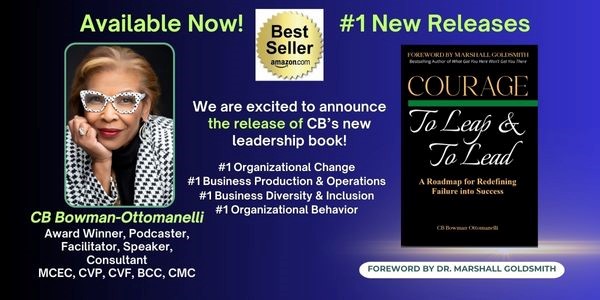
Introduction
Companies in today’s highly competitive business environment constantly struggle for market share. This fierce competition frequently leads to “red oceans” – crowded and contested market spaces where businesses battle for a shrinking pool of profits. However, there’s a way for companies to break free from this deadlock and enter into “blue oceans” – unexplored and uncontested market spaces with abundant growth opportunities. The Blue Ocean Strategy offers a framework for companies to achieve this transition, and this article will discuss the key aspects of this approach, along with some compelling examples.
The Blue Ocean Strategy: Not Being Stuck in Red Oceans
The Blue Ocean Strategy, developed by W. Chan Kim and Renée Mauborgne, is a strategic business model that encourages companies to seek out and create new market spaces rather than compete in existing ones. Instead of focusing on outdoing competitors in saturated markets, the Blue Ocean Strategy emphasizes the creation of unique value propositions that will attract customers and allow companies to achieve differentiation and low cost simultaneously. The primary goal is to make competition irrelevant, as businesses in blue oceans face little to no competition, leading to rapid growth and increased profits.
Creating Blue Oceans: Examples of Success
- Cirque du Soleil: Transforming the Circus Industry
Cirque du Soleil is a prime example of a company utilising the Blue Ocean Strategy. Instead of competing in the traditional circus market, Cirque du Soleil revolutionized the industry by combining elements of theatre, acrobatics, and dance, creating an entirely new form of entertainment. By doing so, they tapped into a new market space, appealing to a broader audience and commanding higher ticket prices. Today, Cirque du Soleil is a global entertainment phenomenon, far surpassing the reach and revenue of traditional circuses.
- Nintendo Wii: Redefining Gaming
Nintendo applied the Blue Ocean Strategy with the release of the Wii gaming console in 2006. Instead of competing head-to-head with rivals Sony and Microsoft regarding hardware power and graphics, Nintendo targeted a previously untapped demographic – casual and non-gamers. By focusing on innovative gameplay experiences and a more affordable price point, the Wii became a massive success, selling over 100 million units worldwide and expanding the gaming market.
- Tesla: Driving the Electric Vehicle Revolution
Tesla Motors, founded by Elon Musk, has disrupted the automotive industry by creating an entirely new market for electric vehicles (EVs). Instead of competing in the crowded market of traditional combustion-engine cars, Tesla focused on developing high-performance, luxurious, and eco-friendly electric vehicles. Their success has forced major automakers to follow suit and invest in EV technology, as they now see the potential for growth in this untapped market. Tesla’s Blue Ocean Strategy has revolutionized the automotive industry and contributed to the global shift towards sustainable transportation.
Conclusion
The Blue Ocean Strategy offers a roadmap for companies to escape the confines of red oceans and explore uncharted market spaces. By focusing on innovation, differentiation, and value creation, businesses can break free from competition, increase profits, and drive growth. Cirque du Soleil, Nintendo Wii, and Tesla are just a few examples of companies successfully leveraging the Blue Ocean Strategy to redefine their industries and create new market spaces. For companies seeking sustainable growth and competitive advantage, the Blue Ocean Strategy presents an alternative approach worth considering.
Take your business to the next level.
We help medium-sized businesses to innovate and make measurable progress towards your business outcomes so your company thrives.
Over the years, we’ve used proven and guaranteed Innovation & OKR processes to generate tangible business outcomes in 12 weeks ️ for companies including Roche, IBM and many others.
Stay ahead of the competition. Learn more and contact us now.
By Andrew Constable MBA, XPP, BSMP
Keywords: Business Strategy, Innovation, Leadership

























